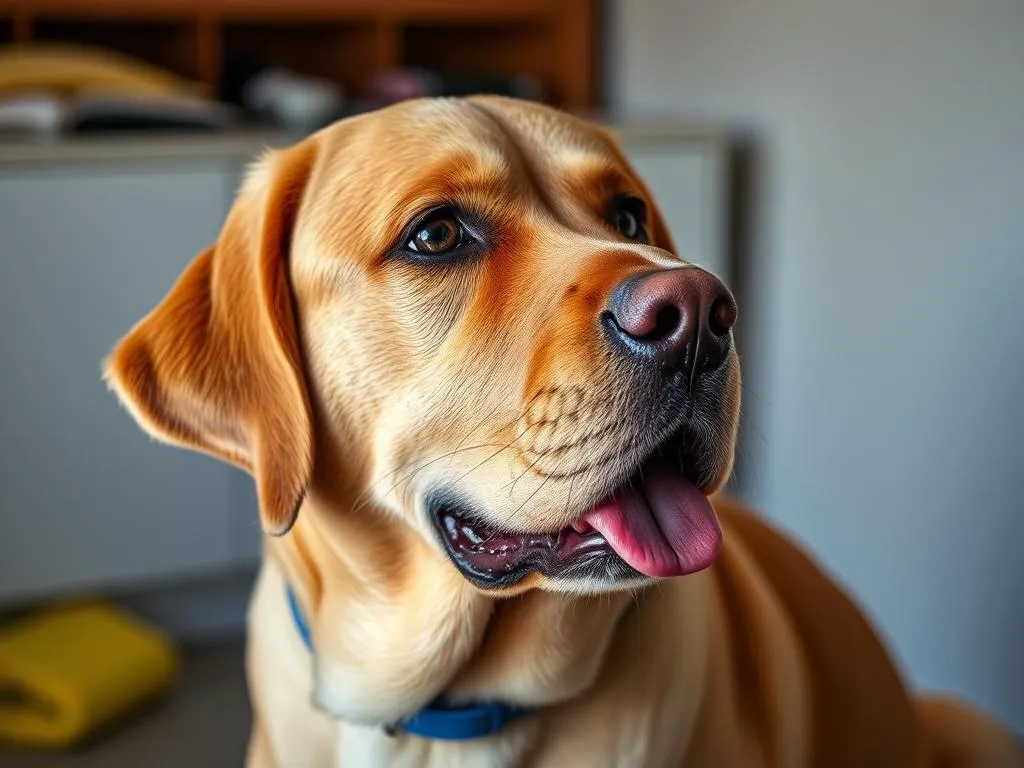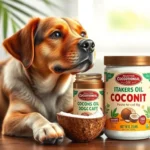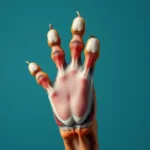
Grooming is a crucial aspect of maintaining a dog’s overall health and well-being. For Labradors, a breed known for its friendly nature and energetic disposition, grooming serves not only to keep their coat in optimal condition but also to enhance their comfort and strengthen the bond between the dog and owner. Regular grooming helps prevent skin problems, reduces shedding, and allows for the discovery of any underlying health issues.
Understanding the Labrador Coat
Coat Characteristics
Labradors have a distinct coat characterized by its short, dense, and water-resistant quality. This unique coat serves multiple purposes, including insulation and protection against the elements. Labradors typically have a double coat, consisting of a soft undercoat that provides warmth and a tougher outer coat that repels water.
During seasonal changes, especially in spring and fall, Labradors experience significant shedding. It’s essential to understand this natural cycle so that you can tailor your grooming routine accordingly. Increased shedding means more frequent brushing to keep loose hair at bay and maintain a clean home.
Common Skin and Coat Issues
Despite their robust coat, Labradors are prone to certain skin and coat issues, including dandruff, hot spots, and matting. Dandruff can be a sign of dry skin or allergies, while hot spots are often caused by excessive scratching or licking. Matting can occur if the coat is not maintained regularly. Addressing these issues through consistent grooming practices is vital for your Labrador’s comfort and overall health.
Essential Grooming Tools for Labradors
Brushes and Combs
When it comes to grooming Labradors, having the right brushes and combs is essential. Here are some effective tools to consider:
- Slicker Brush: Ideal for removing loose hair and detangling any knots. Use this brush during shedding seasons.
- Bristle Brush: Perfect for smoothing the coat and distributing natural oils. This brush is excellent for regular grooming sessions.
Using the right tools not only improves the effectiveness of grooming but also makes the process more enjoyable for your dog.
Bathing Supplies
Bathing is another aspect of grooming that requires specific supplies. Look for shampoos and conditioners specifically formulated for dogs, as they are pH balanced for their skin. Avoid human products, as they can irritate your dog’s skin. Consider using:
- Oatmeal Shampoo: Great for dogs with sensitive skin.
- De-shedding Shampoo: Helps reduce shedding and keeps the coat healthy.
Nail Care Tools
Nail care is often overlooked but is crucial for your Labrador’s health. Invest in high-quality nail clippers or grinders to maintain their nail length. Regular nail trimming prevents overgrowth, which can lead to pain and difficulty walking.
Ear and Eye Care Supplies
Maintaining clean ears and eyes is essential for preventing infections. Use cotton balls and a gentle ear cleaner to wipe away any dirt or wax build-up in the ears. For eye care, keep an eye out for excessive tearing or discharge, which may require a gentle wipe with a damp cloth.
Step-by-Step Grooming Process
Brushing Your Labrador
Brushing your Labrador is a fundamental part of the grooming routine. Aim to brush your dog at least once a week, though more frequent brushing is necessary during shedding seasons.
- Technique: Brush in the direction of hair growth with gentle pressure to avoid irritating the skin. Pay special attention to areas prone to matting, such as behind the ears and under the legs.
Bathing Techniques
Bathing should be done every 1-3 months, depending on your dog’s activity level and coat condition. A step-by-step guide for bathing your Labrador includes:
- Preparation: Gather all your supplies (shampoo, towels, a non-slip mat).
- Wet the Coat: Use lukewarm water to wet your dog’s coat thoroughly.
- Apply Shampoo: Lather the shampoo, avoiding the eyes and ears. Rinse thoroughly.
- Conditioner: Apply conditioner if needed; this helps keep the coat soft and manageable.
- Rinse Again: Ensure all product is rinsed out to prevent irritation.
- Drying: Use a towel to dry your dog, and if they’re comfortable, you can use a blow dryer on a low setting.
Nail Trimming
Nail trimming should be done every 3-4 weeks. Here’s how to do it safely:
- Choose the Right Time: Trim when your dog is calm, perhaps after a walk.
- Hold the Paw: Gently hold your Labrador’s paw and press on the pad to extend the nail.
- Identify the Quick: Avoid cutting into the quick (the pink part of the nail), as it can bleed and cause pain.
- Trim the Nail: Use clippers or a grinder to trim the nail to a safe length.
Ear and Eye Care
Regular ear and eye care is essential for maintaining your dog’s health. Clean their ears once a month and check their eyes weekly. Follow these steps:
- Ear Cleaning: Soak a cotton ball in ear cleaner, gently wipe the inside of the ear, and never insert anything into the ear canal.
- Eye Cleaning: Use a damp cloth to wipe away any discharge, being careful not to touch the eyeball.
Seasonal Grooming Tips
Spring and Summer Grooming
During warmer months, Labradors tend to shed more, making it essential to adjust your grooming routine accordingly. Here are some tips:
- Frequency of Brushing: Brush your dog at least twice a week to manage shedding and keep your home tidy.
- Hydration and Skin Health: Keep your dog hydrated and consider using skin-conditioning products to combat the effects of heat.
Fall and Winter Grooming
As temperatures drop, adjusting your grooming routine is advisable:
- Less Frequent Baths: Bathing less frequently can help maintain natural oils in the coat during cold months.
- Paw Protection: Protect your dog’s paws from salt and ice by using paw wax or dog booties when walking on salted sidewalks.
Health Checks During Grooming
Identifying Skin Issues
While grooming, take the opportunity to inspect your dog’s skin. Look for signs of redness, irritation, or unusual bumps. If you notice anything concerning, consult your veterinarian for advice.
Checking for Parasites
Grooming sessions are an excellent time to check for fleas, ticks, and other parasites. Running your fingers through your dog’s coat can help detect any unusual bumps or movements. If you find parasites, consult your vet about appropriate treatments.
Regular Health Monitoring
Routine grooming can also help you keep tabs on your dog’s overall health. Monitor weight changes, skin conditions, and behavior during grooming sessions. Keeping a record of any changes can be beneficial for your veterinarian.
Professional Grooming vs. DIY Grooming
When to Seek Professional Help
While many aspects of grooming can be done at home, there are situations where professional help is advisable:
- Severe Matting: If your dog’s coat is severely matted, a professional groomer can help remove it without causing pain.
- Anxiety Issues: Some dogs may be anxious or fearful during grooming; a professional can often handle these situations more effectively.
DIY Grooming Tips
There are many benefits to grooming at home, including cost savings and the opportunity to bond with your dog. Here are some tips:
- Create a Routine: Establish a regular schedule to help your dog become accustomed to grooming.
- Make it Fun: Use treats and praise to make the grooming experience enjoyable, reinforcing positive behavior.
Conclusion
Incorporating regular grooming into your Labrador’s routine is vital for their health and happiness. By understanding their specific grooming needs, utilizing the right tools, and establishing a grooming regimen, you can significantly enhance your dog’s quality of life. Not only does grooming foster better physical health, but it also strengthens the bond between you and your furry friend. Remember, grooming is not just about aesthetics; it’s about ensuring your Labrador remains comfortable, healthy, and happy throughout their life.









